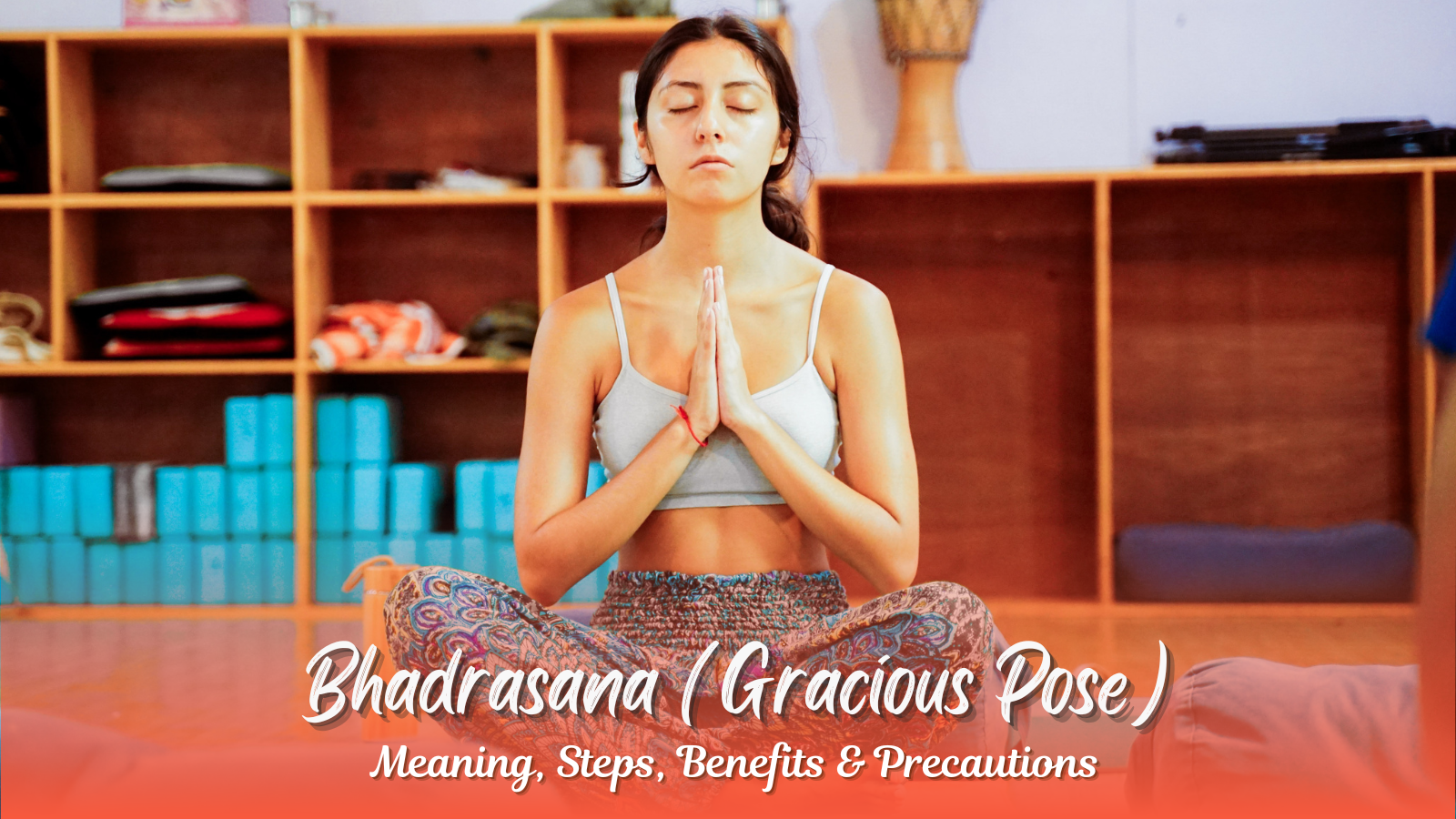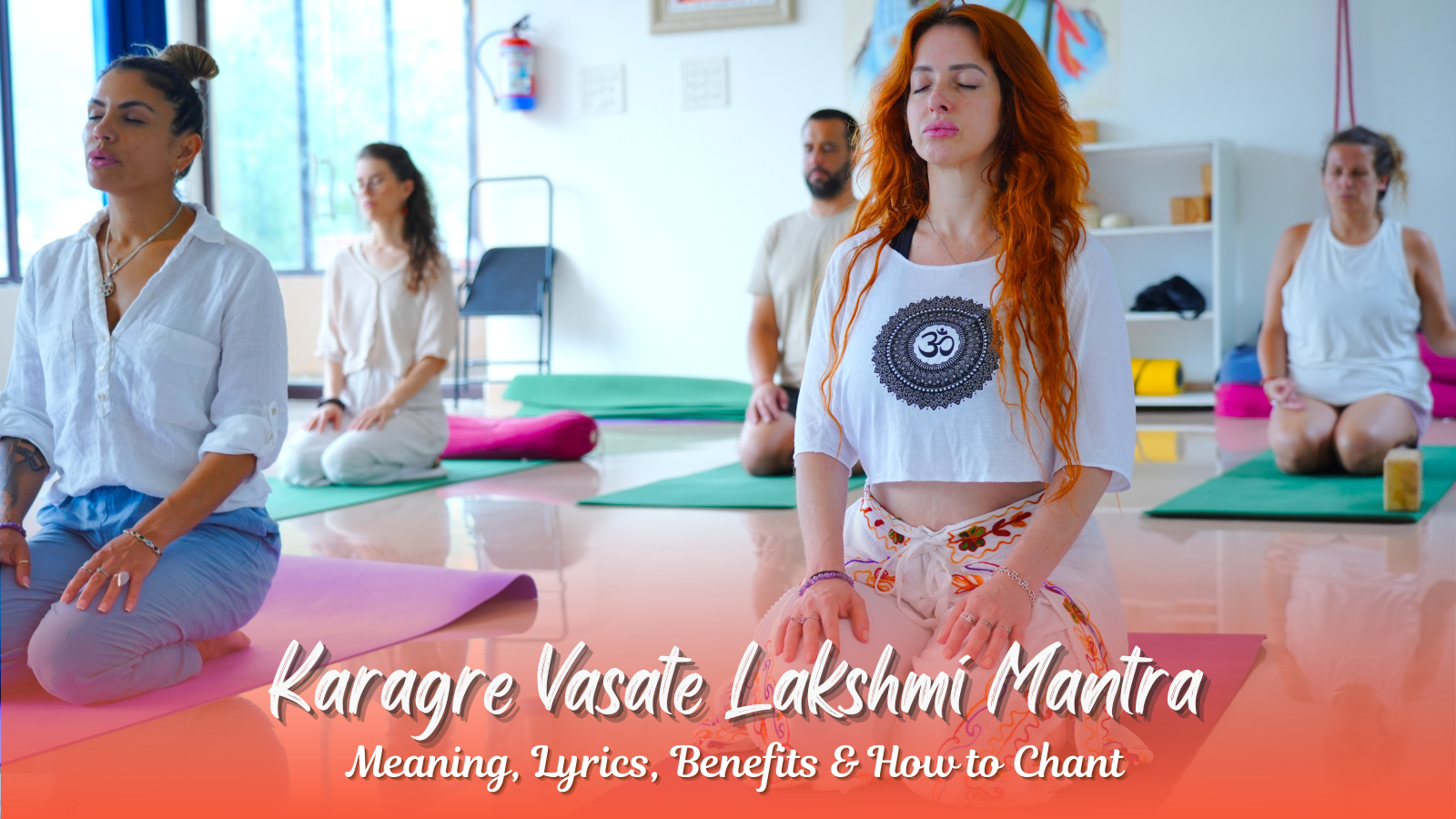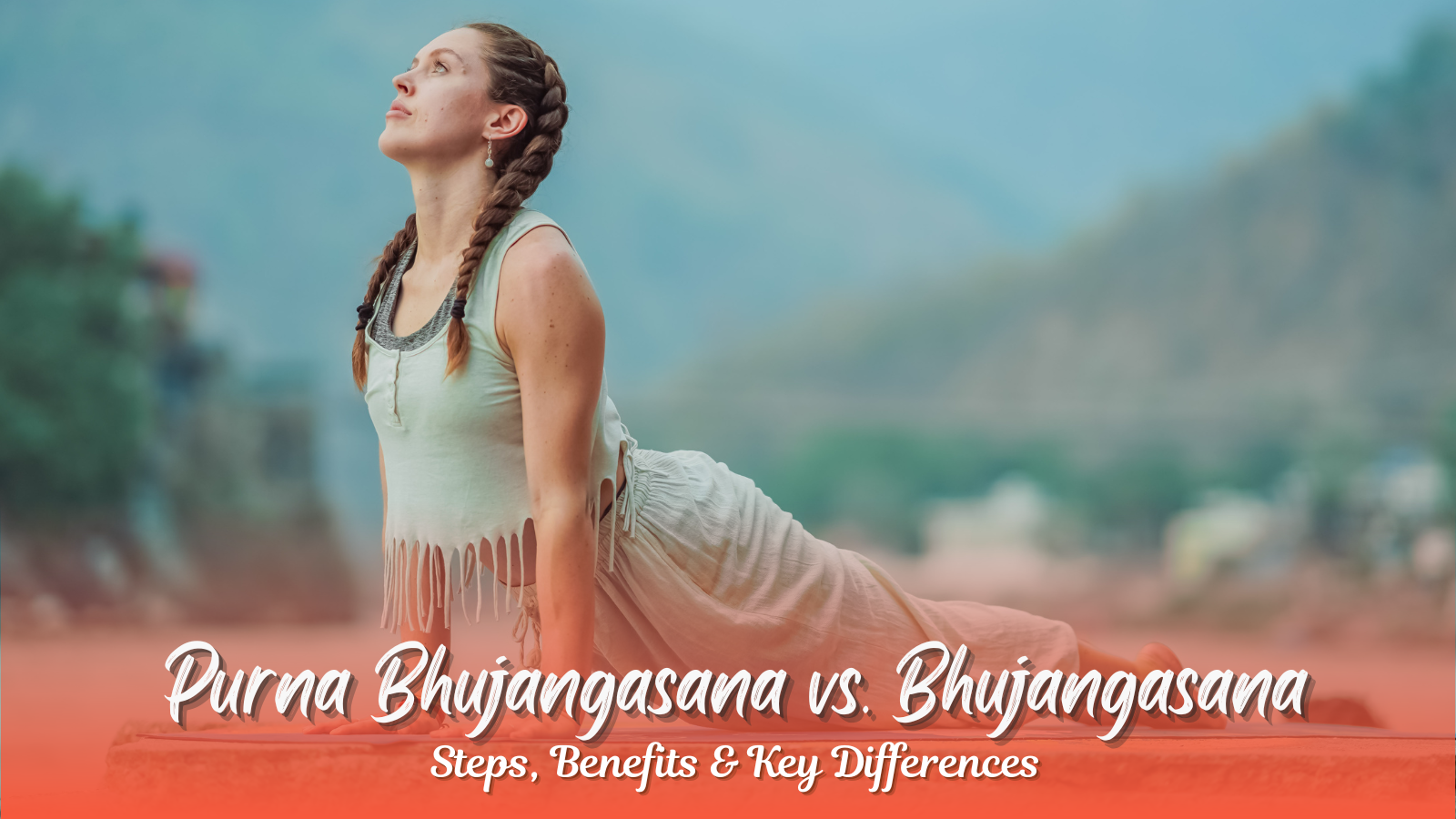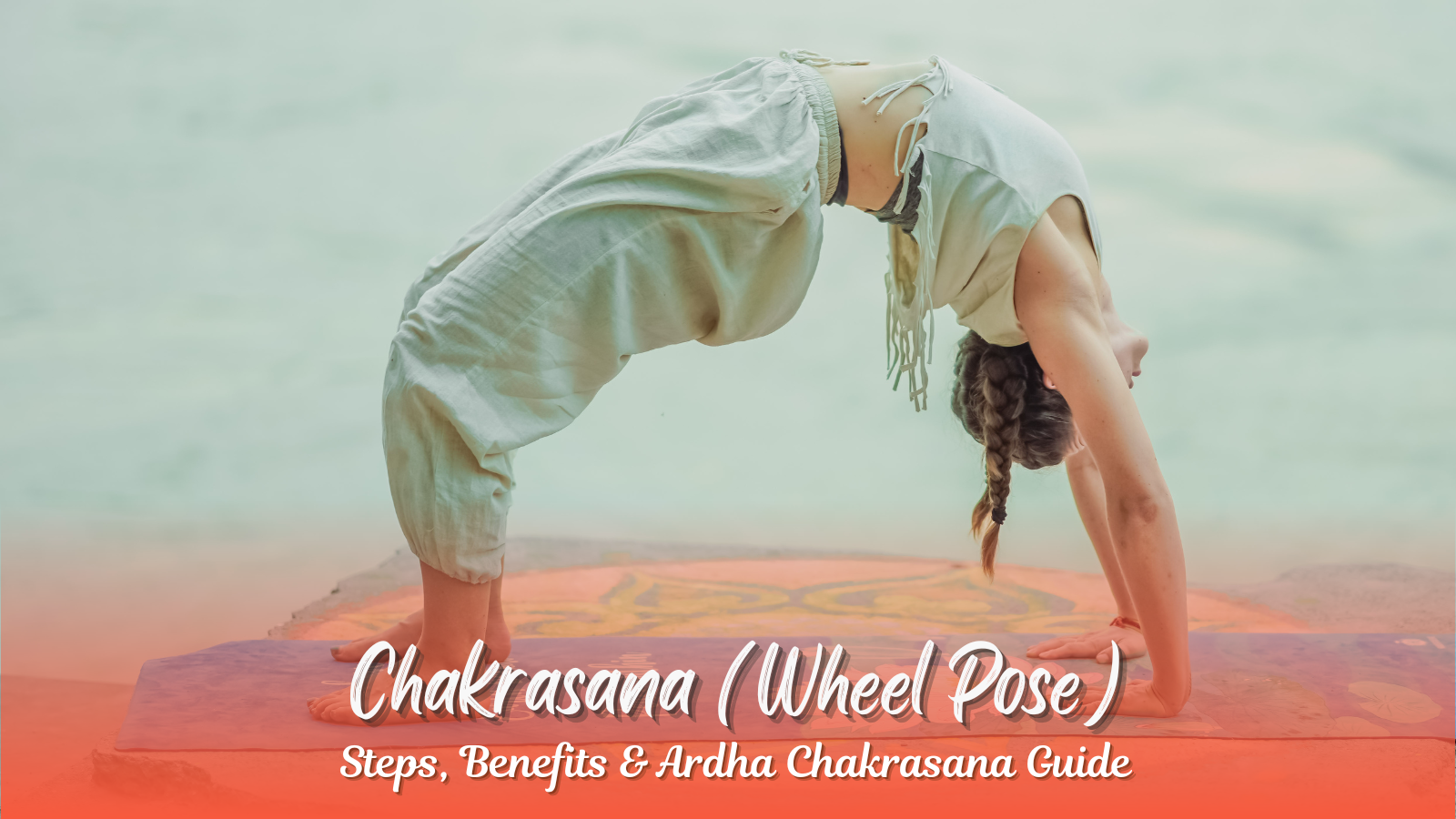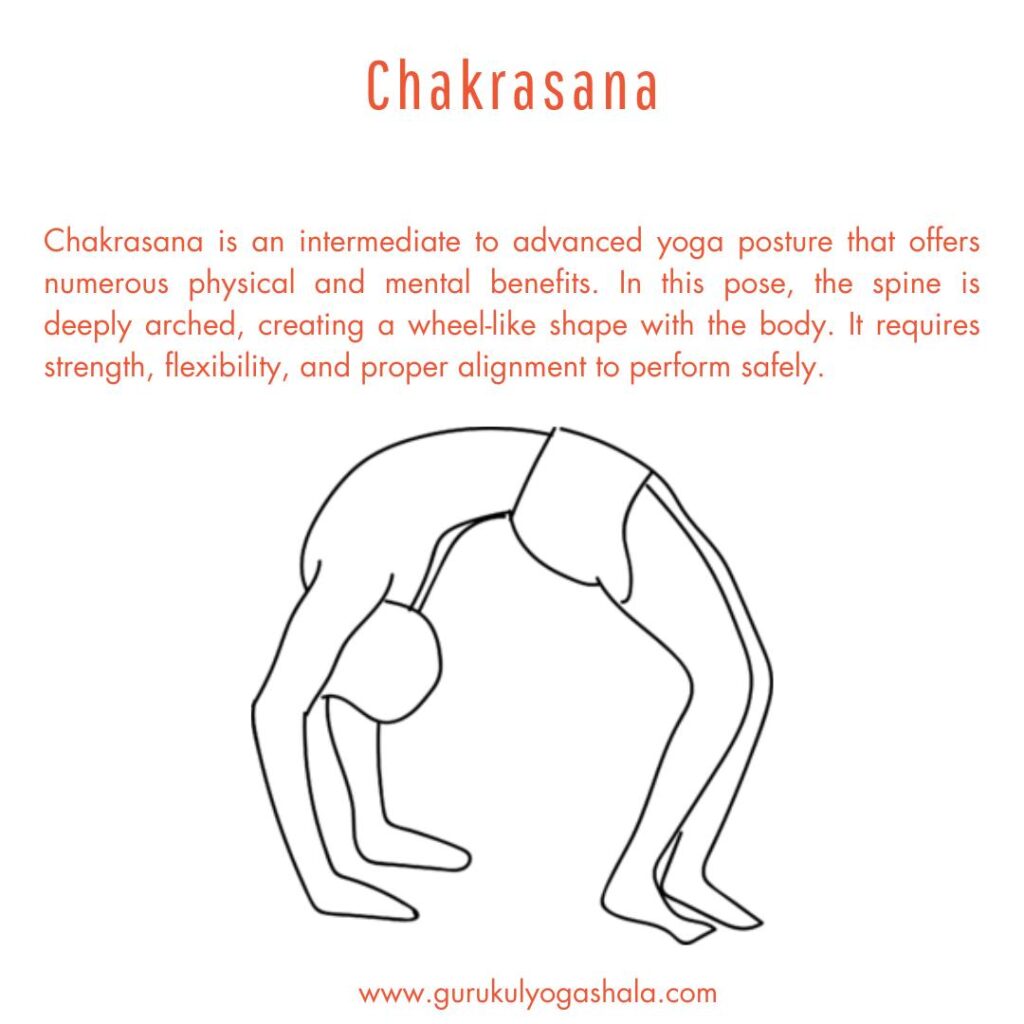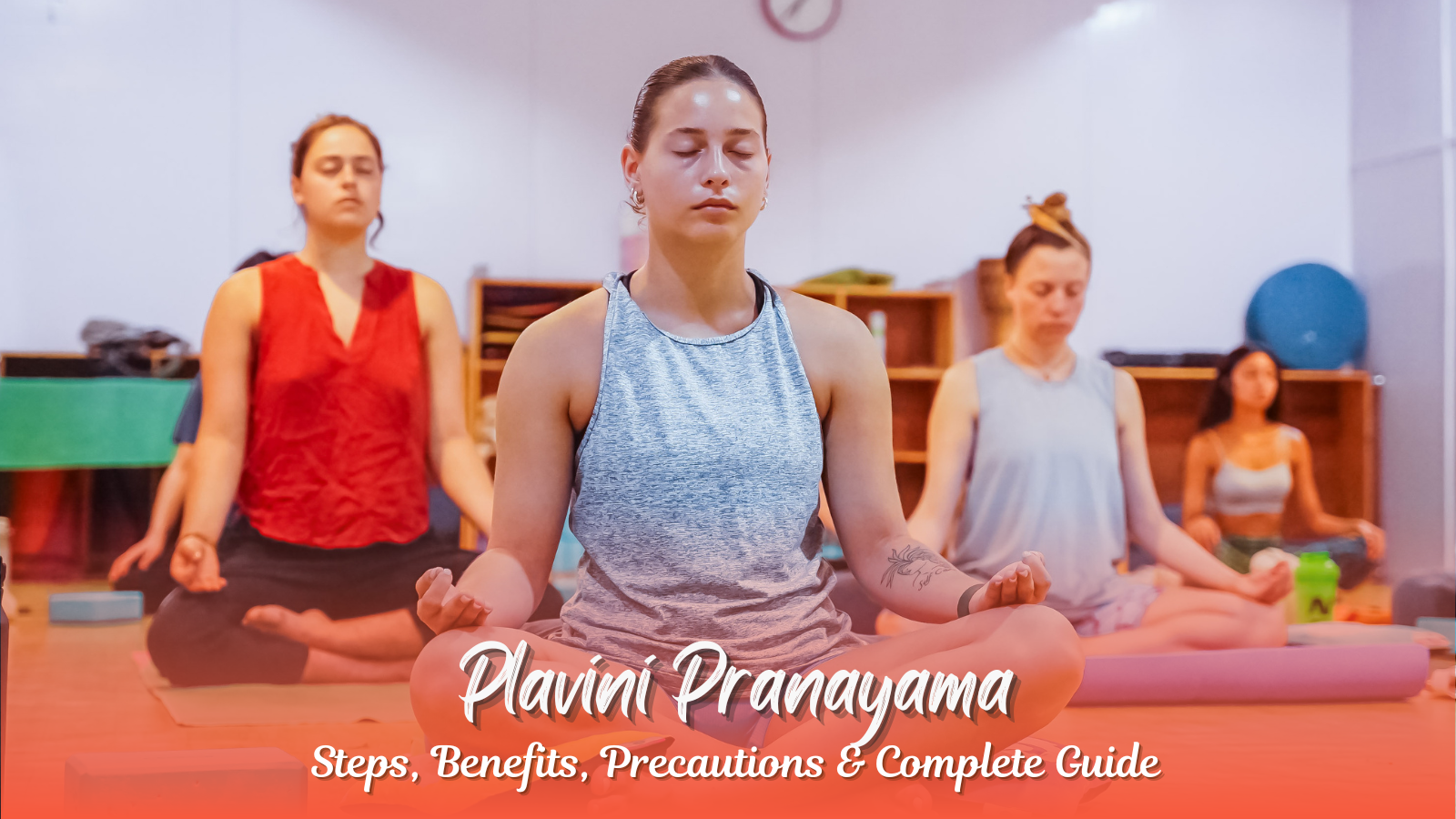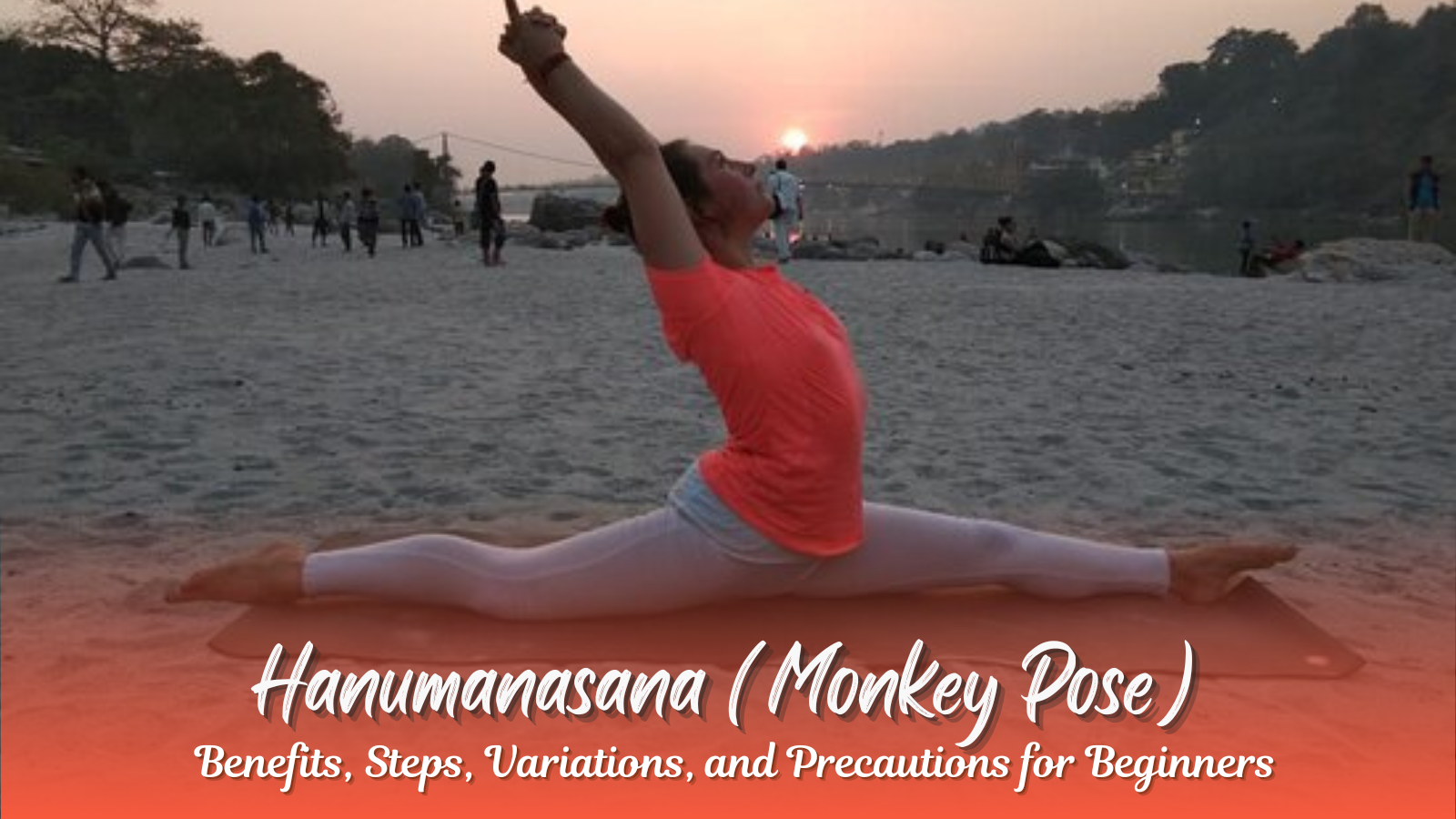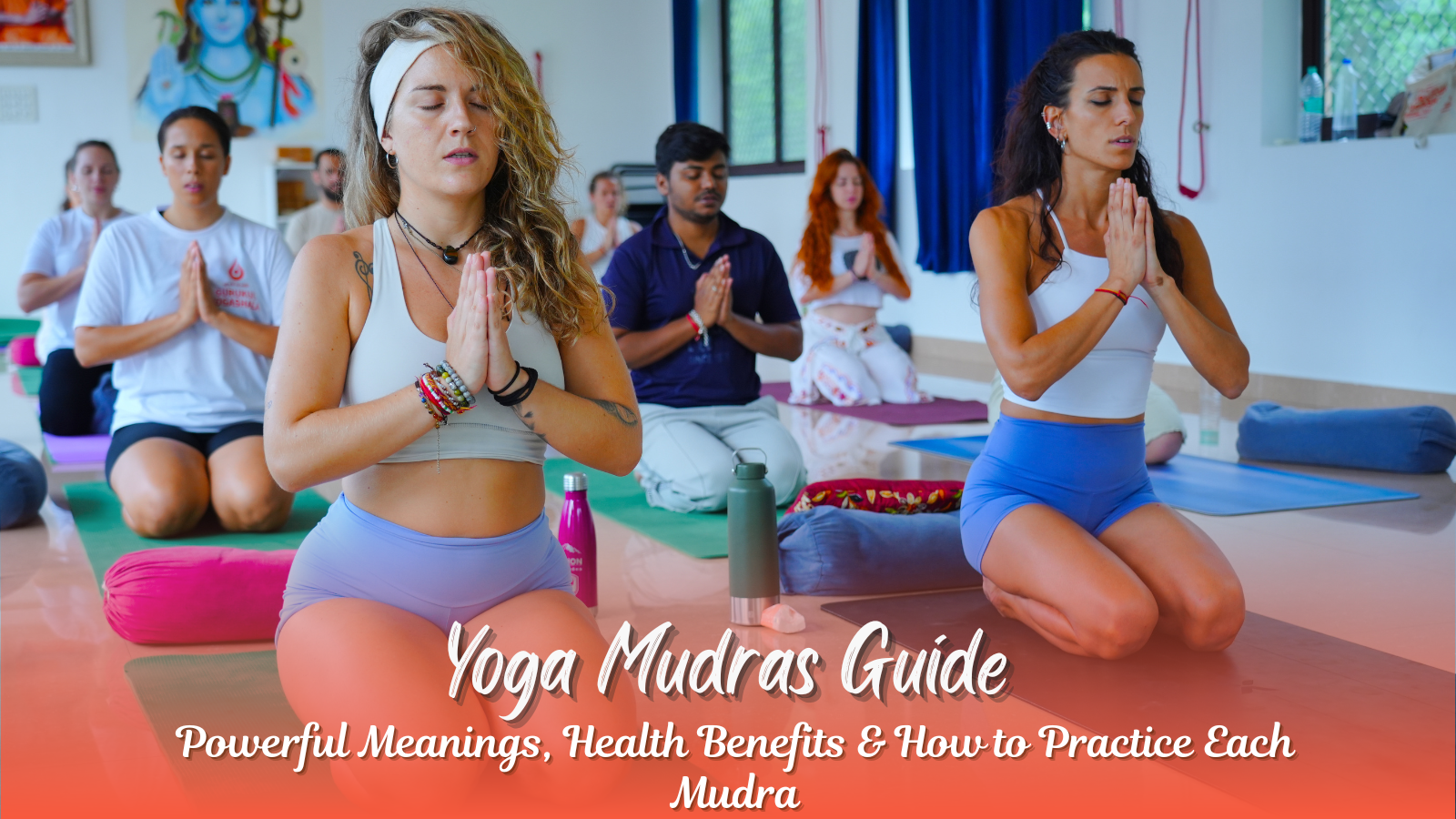Bhadrasana, also known as the Gracious Pose, is a traditional yoga pose for meditation and pranayama that promotes stillness, inner composure, and balance. Practicing Bhadrasana yoga pose regularly can reduce stress, improve flexibility, and deepen meditation.
The Sanskrit language defined Bhadra as elegant, noble, or auspicious. As the name shows, Bhadrasana is the posture that guides its practice into a state of poise and tranquility, and one that offers many physical and psychological benefits. You may not even work up a sweat in this asana, but you will develop two of the most important resources you can have: steadiness and serenity.
In comparison with many forms of yoga poses, which are aimed at fitness training or body stamina, bhadrasana yoga is one of the traditional yoga poses of meditation. Yogis at all times have preferred it to mantra-repeating, pranayama, and other long meditations because it reduces the distractions arising in the body. Even today, it is extremely timely- serving as a natural antidote to stress, restlessness, and sedentary fatigue.
Bhadrasana Meaning: What Does Gracious Pose Represent?
The Sanskrit term Bhadra is translated as graceful, blessed, or auspicious. Therefore, Bhadrasana is the Gracious Pose or Auspicious Pose. The terms of this “bhadra” can be simulated by understanding how it gives purity, calmness, and inward grace already existing in terms of yogic philosophy.
The posture is mentioned in both the Hatha Yoga Pradipika and Gheranda Samhita as an essential sitting posture upon which pranayama and meditation can be practiced. Unlike other new-fangled postures, Bhadrasana does not require flexibility and composure to the extreme, which is why it can be offered to both novices and diligent practitioners.
Bhadrasana Pose Images & Correct Posture Guide
A bhadrasana image would normally have a seated yogi who is sitting in an erect position:
- Soles of feet pressed
- Knees spread wide, his heels down toward the floor
- Spine stretched and shoulders dropped
- When not moving, the hands rest either on the feet or up the thighs
Before performing bhadrasana, viewing the bhadrasana poses and bhadrasana images of this pose can aid in finding the correct position or posture and preventing errors like slouching or hurting the knees.
Bhadrasana Pose Images & Correct Posture Guide
Speaking of bhadrasana steps, it does not emphasize athleticism but on establishing a proper base. The following is the bhadrasana procedure in detail:
Begin in Dandasana (Staff Pose)
- Sit with straight out legs in front.
- Stay up on the back, shoulders relaxed, hands by the hips.
Bring Feet together
- Bend your knees to the floor and touch the heels of your feet.
- As you pull the heels to the perineum, do not force them.
Open the Knees
- Have your knees fall outward, making a diamond shape of your legs.
- Squeezing them down is unnecessary; time and gravity will render them more flexible.
Hand Placement
- Grip firmly with both hands and the feet.
- Alternatively, place the palms on the knees and practice meditation.
Align and breathe
- Keep the spine straight, the chin slightly tucked in.
- Breathe deeply, paying attention to the filling of the chest of breath and even rhythm.
Duration
- Those new to it can rest after 1-2 minutes.
- Increase to 10-15 minutes, especially during meditation or pranayama.
This order of bhadrasana steps is easy and yet efficient, and one of the friendliest to yoga practitioners.
Bhadrasana Benefits: Physical, Mental & Spiritual
The bhadra yoga benefits are wide-ranging; it promotes physical health along with a clear mind. The main bhadrasana benefits are as follows:
Physical Benefits
- Flexibility of the Hips and thighs: The chest stretches the inner thighs, knees.
- Tones pubic muscles: helps maintain reproductive health and urinary system.
- Helps with digestion: Stimulates the abdominal organs and helps enhance digestion.
- Strengthens the neck: Helps to increase neck stability.
Mental and Mental Benefits
- Driver of stress and anxiety: Branches off stress and anxiety.
- Pros: Provides a steady surface that can be used to meditate.
Heightens concentration: Promotes silence and enhances concentration.
Spiritual Benefits
- Moderates prana (life energy): Helps to have energy in the body.
- Introduces grounding: Increases a sense of stability and grace.
It is this blend of physical and meditative that supports the fact that bhadrasana yoga is being practiced to date in most traditions.
Bhadrasana Contraindications & Precautions
Bhadrasana, like the rest of the asanas, requires Bhadrasana contraindications to be followed:
- Avoid when there is a serious knee, ankle, or hip injury.
- Individuals with sciatica or acute lower back pain should exercise care.
- When pregnant, they should be taught the beneficial effect of support below the thighs and be practiced only under expert supervision.
- Do not strain or over-pull down the knees
- Never practice yoga without utilizing a yoga mat or cushion.
- Making practice conscious is the safest way of achieving greater gains.
How to Include Bhadrasana in Daily Yoga Practice
Bhadrasana yoga may be practiced.
- Heat-up of hip-opening in the preparation of active movements.
- A step-to breathwork.
- A meditation seat on which a mantra is sung or meditations are sat.
- A restorative one that grounds and follows intense yoga practices.
Due to its flexibility, numerous educators recommend using Bhadrasana daily- even a few minutes a day.
Bhadrasana in Rishikesh: Learning at the Source
Rishikesh is sometimes referred to as the Homeland of Yoga in the World. In case you want to increase your knowledge of Bhadrasana and other basics of Asanas, a Yoga Teacher Training School in Rishikesh will help you become much more knowledgeable.
In an Ashtanga Yoga School in Rishikesh, people learn the bhadrasana procedure, not only in a physical manner but also energetically and philosophically. Ashtanga Yoga Teacher Training in Rishikesh, trainees discuss:
- Alignment and anatomical dissection of asana such as Bhadrasana
- Sequencing is part of the conventional forms of yoga
- Instructions on how to teach entry-level and higher-level students
- Yogic philosophy links postures with inner consciousness
Best Yoga Teacher Training in Rishikesh takes a balanced position between tradition and the current understanding. Regardless of whether you are seeking the Best Yoga TTC in Rishikesh to attain certification or simply exploring the Best Yoga School in Rishikesh to educate yourself, Bhadrasana will be the way of being rather than a mere posture.
FAQs on Bhadrasana
What are the benefits of Bhadrasana?
It helps to make hips and thighs more flexible, develops pelvic muscles, good digestion, reduces stress, and provides a solid base on which to sit during meditation and pranayama.
Which disease is cured by Bhadrasna?
Yoga does not directly act as a medication for the disease, but Bhadrasana helps settle uncomfortable digestive problems, slightly dull fatigue, imbalance of the reproductive system, and stressful afflictions.
What is the meaning of bhadrasana?
Its meaning is Gracious Pose or Auspicious Pose and represents stability and grace with an inward gaze.
How to perform Bhadrasana?
Sit with the legs open, bend the knees, and place the soles of the feet together, bringing the knees to drop out, maintain the spine straight, and hold the feet or the thighs, breathe deeply.
Conclusion
Bhadrasana yoga pose is more than a posture—it’s a meditation seat, a stress reliever, and a gateway to inner calm. Whether you’re a beginner or advancing in your practice, adding Bhadrasana to your routine can transform your yoga journey. Ready to deepen your practice? Explore traditional yoga training in Rishikesh and experience yoga at its source
In addition to its physical virtues, the asana produces inner stillness; the sort of inner tranquility that enables one to breathe more easily, think more clearly, and sleep more fully. It provides a very accessible way into yoga as a first-time practitioner. To experienced practitioners, it can be a solid support in meditation and pranayama. In both, it affirms the yogic value that one finds equilibrium not through blockage, but through yielding.
To those who believe they are called to take it further, it could be life-changing to be able to explore the Bhadrasana in the beautiful surroundings of Rishikesh. Practicing this asana during an Ashtanga Yoga Teacher Training in Rishikesh gives not only correct alignment procedures, but also spiritual parameters that turn this simple pose into a meditative technique. With the applied knowledge of professionals in yoga under the management of the knowledgeable teachers in any Ashtanga Yoga school or Yoga teacher training school in Rishikesh, the students are equipped with more than physical knowledge; they develop deeper insights into yoga as a life.
Making the Best Yoga Teacher Training in Rishikesh or the Best Yoga TTC in Rishikesh can make all the difference, as you can combine ancient knowledge with modern one. And to those who only desire to expand personal practice, a journey to the Best Yoga School in Rishikesh is the chance to latch onto the balance between mind, body, and breath in an atmosphere drenched with yoga tradition.
Bhadrasana is basically not a posture, but a philosophy in action. It reminds us that grace is not complicated, but it is present, and it is not a struggle but a standstill. Whether only a few minutes are spent at home or Bhadrasana is studied in an organized course, the practice provides a silent channel to stability, base, and inner calmness.


